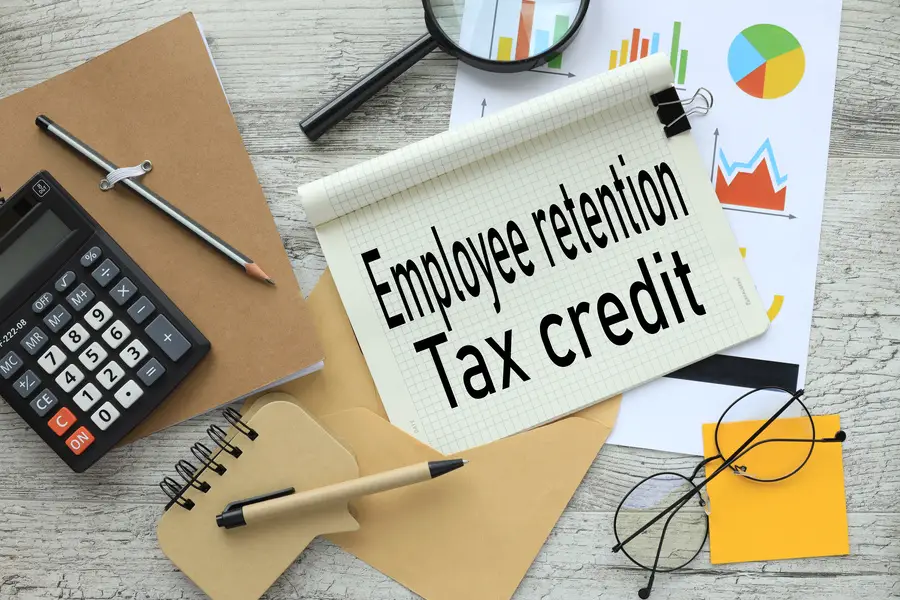Employee Retention Tax Credit Penalty Relief

We are finding that, all too often, taxpayers that make Employee Retention Tax Credit (ERTC) claims by engaging a so-called “ERTC Mill” are never told of their responsibility to amend their applicable prior year federal income tax return(s), and are shocked to learn that they owe additional taxes, penalties and interest.
In order to offset their wage expense for the amount of the credit claimed, taxpayers who file an amended Form 941-X to claim an ERTC refund must simultaneously file an amended income tax return(s) for the tax year(s) in which the ERTC-eligible wages were paid. Because of the resulting lower salary expense, this results in a higher tax burden for taxpayers with sizable ERTC refunds.
Reasonable Cause Penalty Relief
To the extent an ERTC was retroactively claimed, thereby reducing the taxpayer’s deduction for qualified earnings resulting in additional tax, they may be eligible for reasonable cause penalty relief. (IRS Notice 2021-49; IR-2022-89) The IRS has admitted that many people are unable to pay the additional income tax since the ERTC refund payment has not yet been received as a result of their delays in processing the backlog of Form 941-X, Adjusted Employer’s Quarterly Federal Tax Returns for ERTC refunds.
Example of Requirement that Wages be Reduced in the amount of ERTC Claimed
Amended Forms 941-X were filed by ABC, Inc. in 2022 in order to claim an ERTC of $320,000 for wages paid in 2020 and $375,000 for wages paid in 2021.
ABC is required to amend its income tax returns for 2020 and 2021 and lower its deductible wages by $320,000 and $375,000, the amount of the ERTC claimed in those years, respectively.
Taxpayers in ABC’s situation frequently lack the cash flow necessary to cover the increased tax obligations brought on by lowering their deductible wages in 2020 and 2021. This is the situation outlined in IRS Notice 2021-49 and IR-2022-89.
First-Time Penalty Abatement Program
According to the IRS, taxpayers are reminded that may also be eligible to apply for the first-time penalty abatement program.
This assistance however may only be claimed once every four years. Because of this, we advise against using first-time penalty abatement in this case and instead begin by using reasonable cause penalty abatement so that the first-time penalty abatement remains available to the taxpayer in in the future.
Observation: Several practitioners have advised that, despite their eligibility under IRS Notice 2021-49, the IRS has rejected their requests for reasonable cause penalty abatement. The IRS’s Stakeholder Liaison’s office has verified that the IRS is recognizing requests for penalty abatement under IRS Notice 2021-49. In situations where the Taxpayer is denied penalty relief, the Liaison’s office recommends that tax professionals get in touch using the phone number provided on the notification, or file a protest. If these steps are followed, it is suggested that the matter should be addressed fairly quickly.
Treatment for California Purposes
The ERTC is considered the same as most other federal credits for California tax purposes, which means that:
- There is no reduction in payroll taxes or adjustment to taxable income, and
- the refund is not included in taxable income for California tax purposes.
The Reason for the Amended Returns?
Until their payroll company told them they might be eligible for the credit, until companies that specialize in ERTC refund claims contacted them, or until their tax professional realized they might be eligible after reviewing their returns, many businesses were unaware that they could file for the Employee Retention Tax Credit. Because the credits are being claimed retroactively, amended returns are required to report the changes . . . in the quarter or year (for payroll tax and income tax returns, respectively) they are sourced in.
This is Blog Post #1547)


